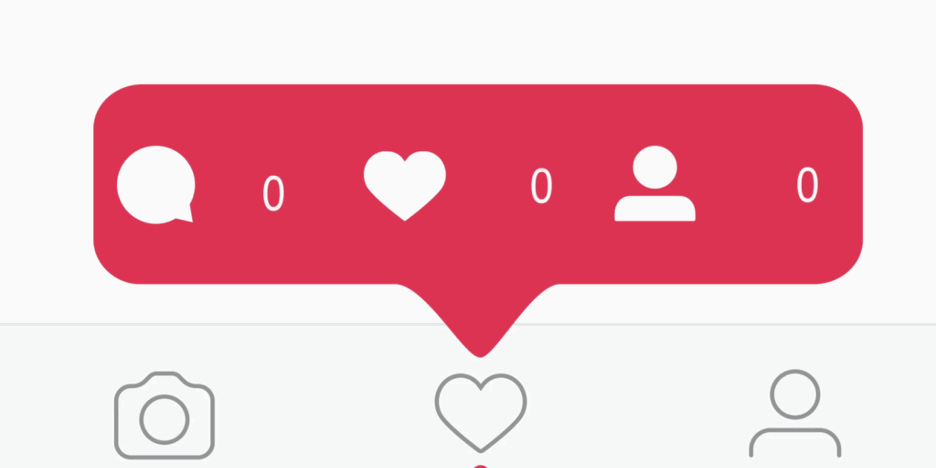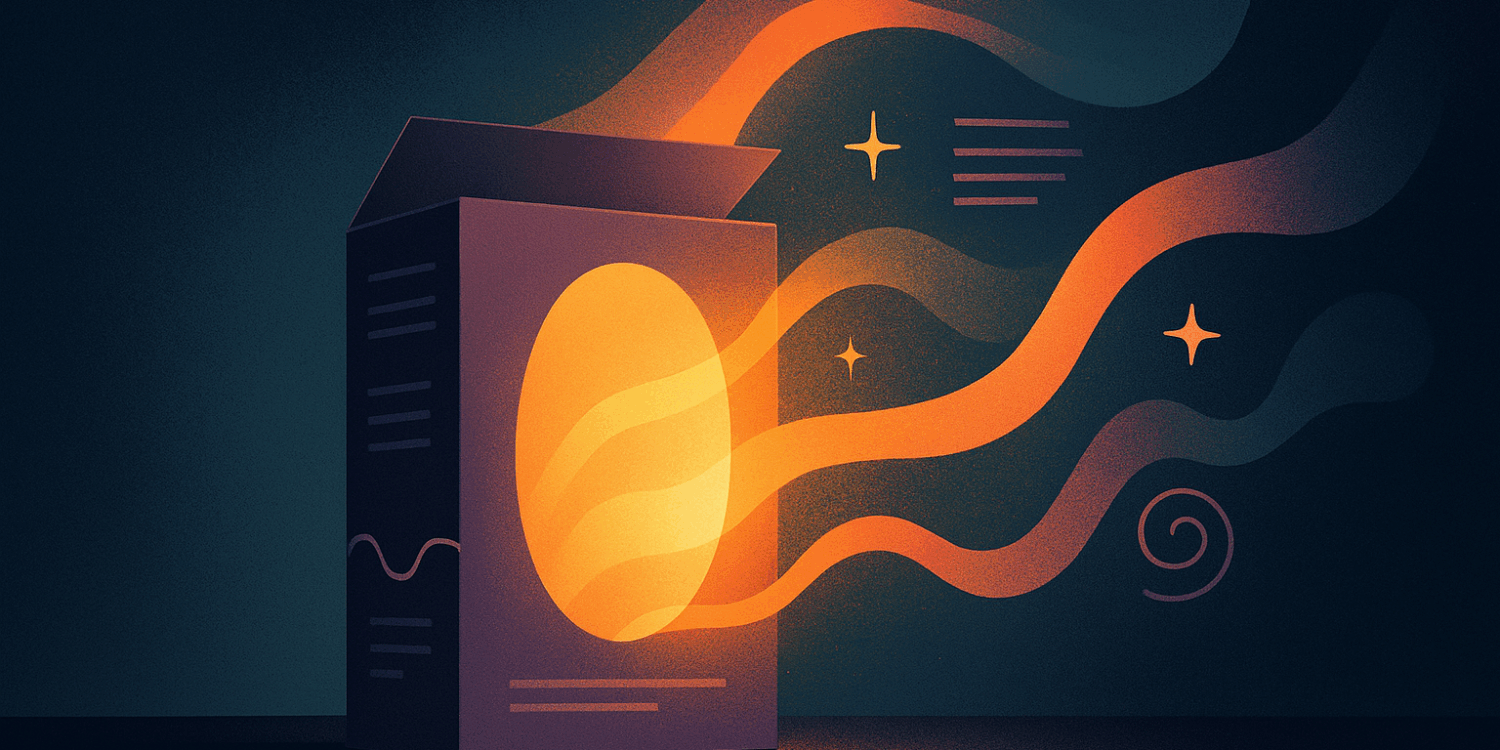Sep 10, 2025
Why Strategic Emotional Design Turns a Package into an Invitation to Your Brand World
by Taryn Tavella, Senior Strategist
Walk down the aisles of any store or scroll through endless options online, and you’re met with a wave of colors, fonts, logos, and mascots. As a branding professional, I love it. There’s something about that visual cacophony that transports me into a category and lights up my senses
I’m sure you’ve had that moment too, picking up a product not because you needed it, but because something about it pulled you in. Maybe it reminded you of home. Maybe it sparked curiosity. The other day, craving granola, I spotted Dave’s Killer Bread and Magic Spoon standing out boldly among earth-toned shelves. Their unconventional packaging caught my eye and pulled me in, especially knowing them from their delicious offerings in other parts of the store. This experience reminded me that packaging is so much more than a container—it’s a portal. A chance to evoke feeling, stir curiosity, and unlock a brand’s deeper story.
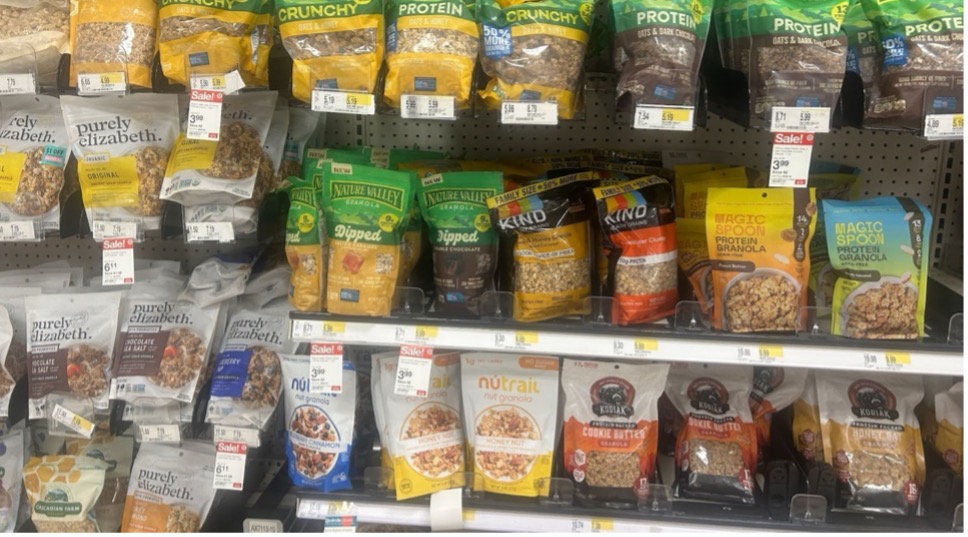
And that’s the point: packaging is more than an object. It’s an opportunity.
Why Feelings Matter More Than Feature
Before someone reads your mission statement, visits your website, or tastes your product, they’ve already formed an opinion. Packaging is often the first physical brand touchpoint — a split-second moment that can spark a connection instantly.
Consumers don’t buy based on facts alone. 92% of purchasing decisions are driven by emotion, according to a Harvard Business School study. A positive emotional response to packaging can significantly increase the likelihood of re-purchase, and it happens in milliseconds.
Good packaging isn’t just beautiful. It’s intentional. Every color, texture, and typographic choice becomes part of an unspoken conversation between brand and consumer. When that conversation resonates, it builds more than a sale — it builds a relationship.
From Container to Connector
Historically, packaging’s job was to protect the product, convey what’s inside, and stand out just enough to be noticed. Today, it also tells stories, triggers memories, and acts as a social signal. Take Tony’s Chocolonely, its colorful wrappers and joyful typography unwrap to reveal a deeper story about its mission to make chocolate fair trade and 100% slave-free. It creates an emotional connection before you’ve even tasted what’s inside.
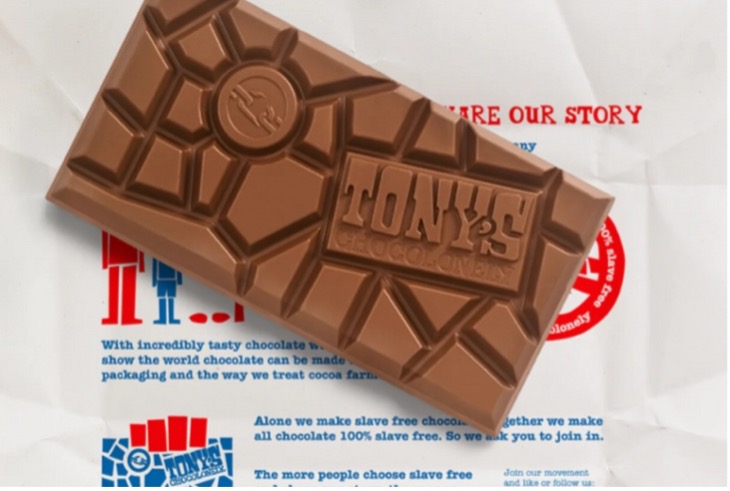
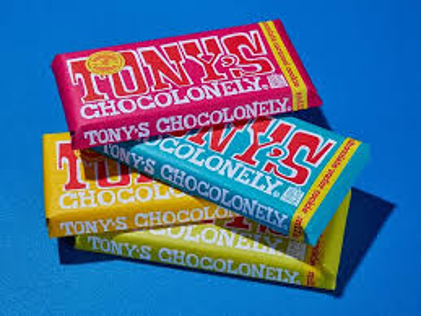
When packaging works as a portal, it draws you into the brand’s world before you’ve even decided you need the product.
The Strategic Foundations of Impactful Packaging
At Little Big Brands, we approach our work through Design Intelligence – the fusion of strategic thinking and creative execution, rooted in three interconnected elements:
- Category Context: Knowing the visual and emotional codes of a category so you can decide when to align and when to disrupt.
- Brand Immersion: Drawing from a brand’s heritage, truth, and personality to create authenticity and coherence. Ideally, this is also where a strong brand foundation framework comes in, ensuring every design decision reflects the brand’s essence or positioning.
- Consumer Insight: Understanding the audience’s values, aspirations, and emotional triggers, then weaving them into every design choice.
Together, these ensure that every design decision is both strategic and emotionally resonant, creating work that lasts beyond a trend cycle.
Designing for Emotion
The most effective packaging works on multiple levels at once. Color signals mood, typography expresses voice, and imagery captures attention while evoking meaning and memory. Materials and textures create a physical connection — a soft-touch finish signaling premium quality, or raw kraft paper suggesting craftsmanship or heritage. Structure can play a role too, turning the unboxing into part of the story.
Often, the most powerful moments are unexpected: a hidden message under a lid, a clever piece of copy, a tactile detail you can’t help but touch. These touches aren’t essential for functionality, but they are essential for memorability. They give consumers something to remember, talk about, and share.
The Portal Effect
When packaging is treated as a portal, it can trigger memories, reflect identity, and become instantly recognizable through color, shape, or feel. It becomes the physical space your brand occupies in someone’s hands, home, and mind. Done well, it’s not just a vessel. It’s the first chapter in a brand story they want to return to.
Beyond the Box
That first chapter doesn’t have to end when the product is in the cart. The same emotional cues, visual codes, and storytelling embedded in packaging can—and should—flow into the rest of the brand experience. Campaigns, social content, retail displays, and activations all have the power to pick up where the package leaves off, deepening the connection and expanding the world consumers first stepped into on the shelf.
Closing Thought

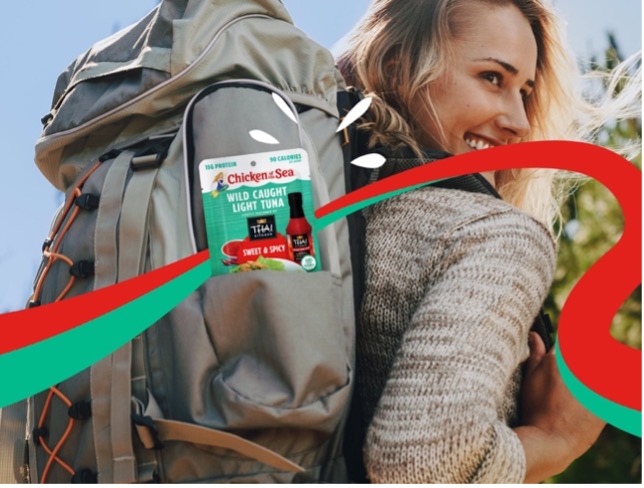
Think of packaging as more than a container. It’s a strategic emotional tool that invites people into your brand’s world—and, when connected to a broader creative ecosystem, keeps them exploring it long after the first touchpoint. Every detail, color choice, and texture is an invitation. When a package makes someone smile, sparks curiosity, or earns a place in their home long after it’s empty, you’ve done more than make a sale. You’ve opened a portal they’ll want to walk through again and again.
If you’re ready to transform that first impression into a lasting emotional connection, Little Big Brands can help you craft packaging that’s not just seen—but felt. Let’s craft brands people can’t wait to step into.


